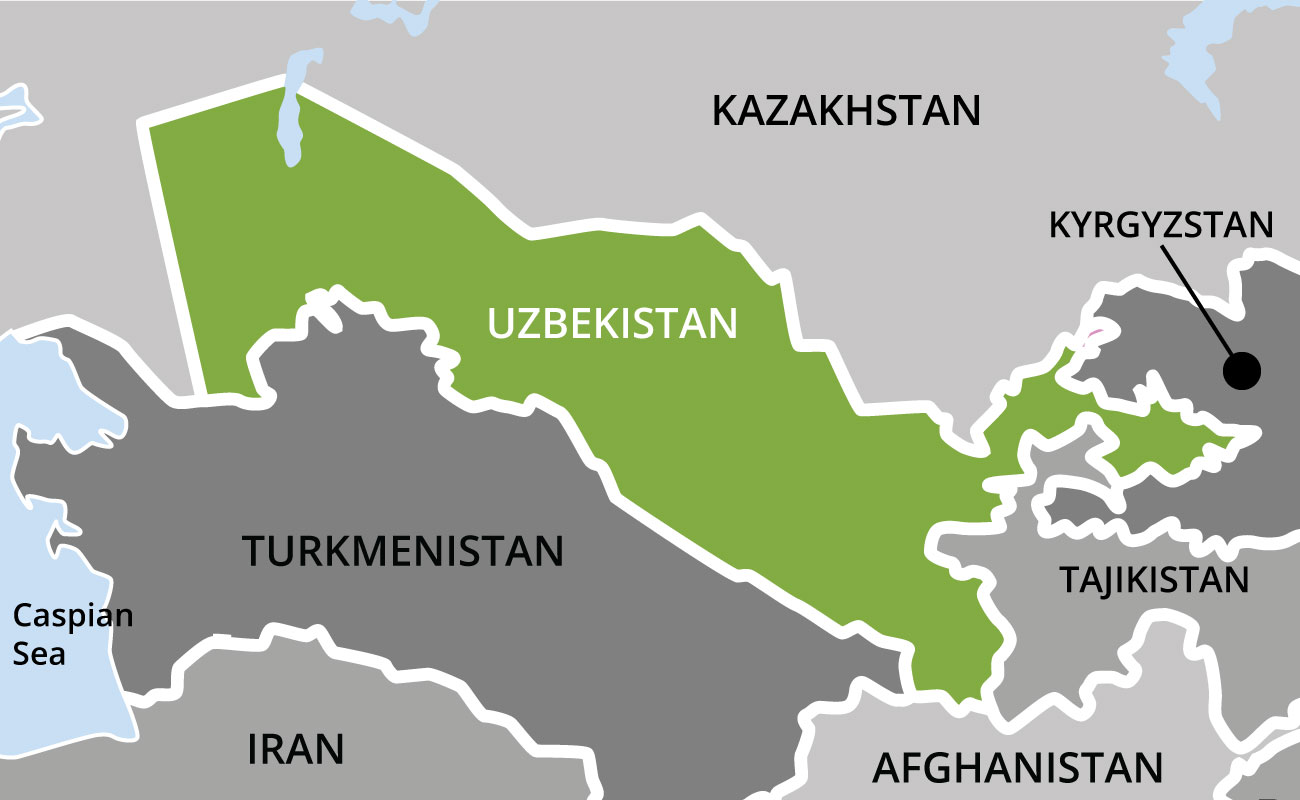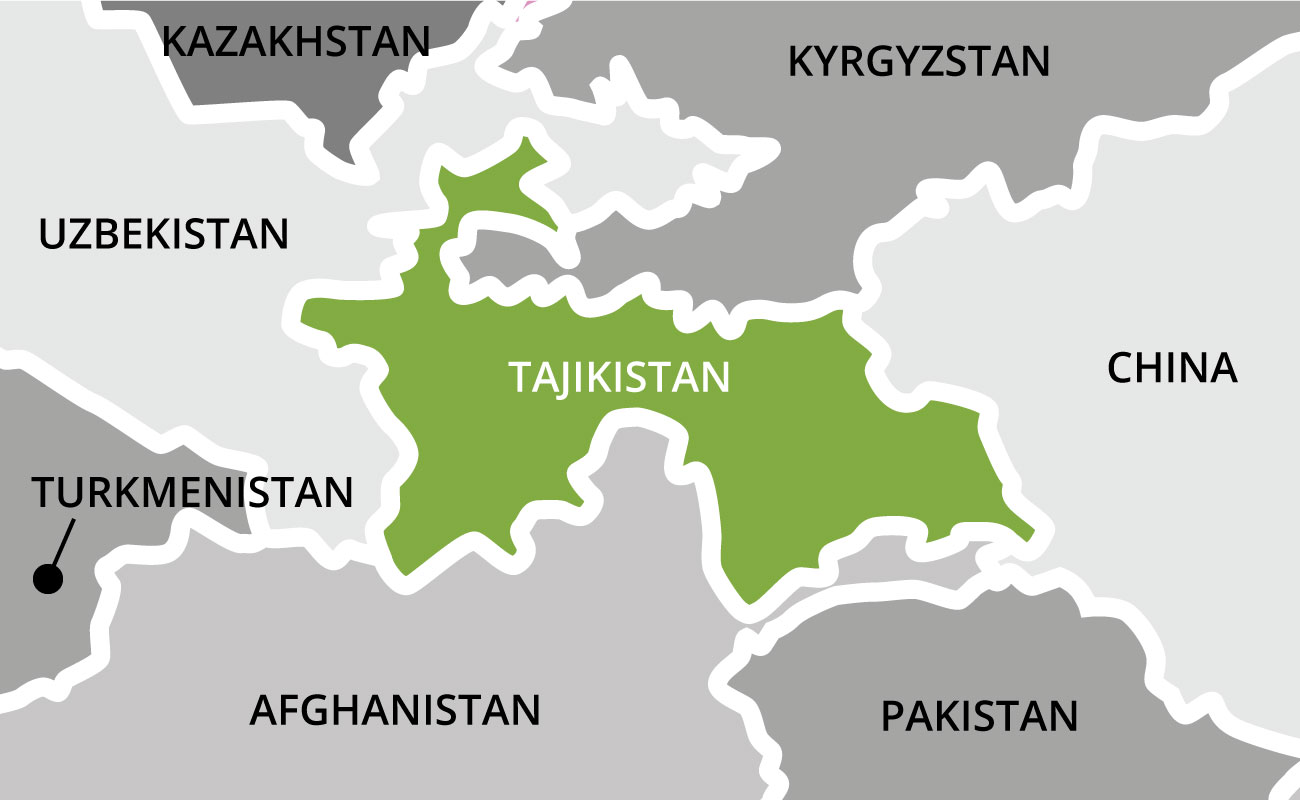
Uzbekistan
Before the collapse of the Soviet Union, Uzbekistan was the third most populous republic. Uzbekistan's history has given rise to deeply rooted ethnic tensions as well as political challenges. As previously discussed, the concept of the "ethnic group" was used by the Soviets to justify territorial realignment of Central Asia. The first nomads who occupied Central Asia came from the northern grasslands of present day Uzbekistan.
Settling in this region, they formed the cities Samarkand and Bukhara and took advantage of the burgeoning commerce of China's silk trade with the West. Russia completed the conquest of the Caucasus by 1850 and sent military forces into Central Asia, which led to the signing of a treaty making Uzbekistan a Russian protectorate. By the turn of the twentieth century, the Russian Empire had complete control over Central Asia until the formation of the Soviet Union. In 1929, the Tajik and Uzbek republics formally separated. The attempted coup against Gorbachev in 1991 began a catalyst for independence movements, and though Uzbekistan was hesitant, the Supreme Soviet of Uzbekistan declared the republic independent on August 31, 1991. Today. Uzbekistan is arguably the most powerful state in Central Asia and continues to show signs of economic growth.
Tajikistan
Tajikistan is the smallest area to gain independence after the fall of the Soviet Union. The people known as the "Tajiks" are of Persian descent. Until the late nineteenth century, the Tajik and Uzbek peoples, who have lived together for centuries, did not view themselves as distinct nationalities. Tajik's early history corresponds to that of Uzbekistan, so that by the ninth century, Islam was the prevalent religion in the entire region. Central Asia was divided into the five major republics in the 1920s.
After the establishment of communist rule, Tajikistan was created as autonomous Soviet Socialist Republic within Uzbekistan. In December 1991, Tajikistan gained independence but entered into a difficult period. That, combined with Tajikistan's civil war (1992-1997), led Tajikistan into political shambles. Since that time, there has been increased stability within the government.





After the 1917 revolution, traditional music was replaced by that celebrating communism and USSR nationalism.







